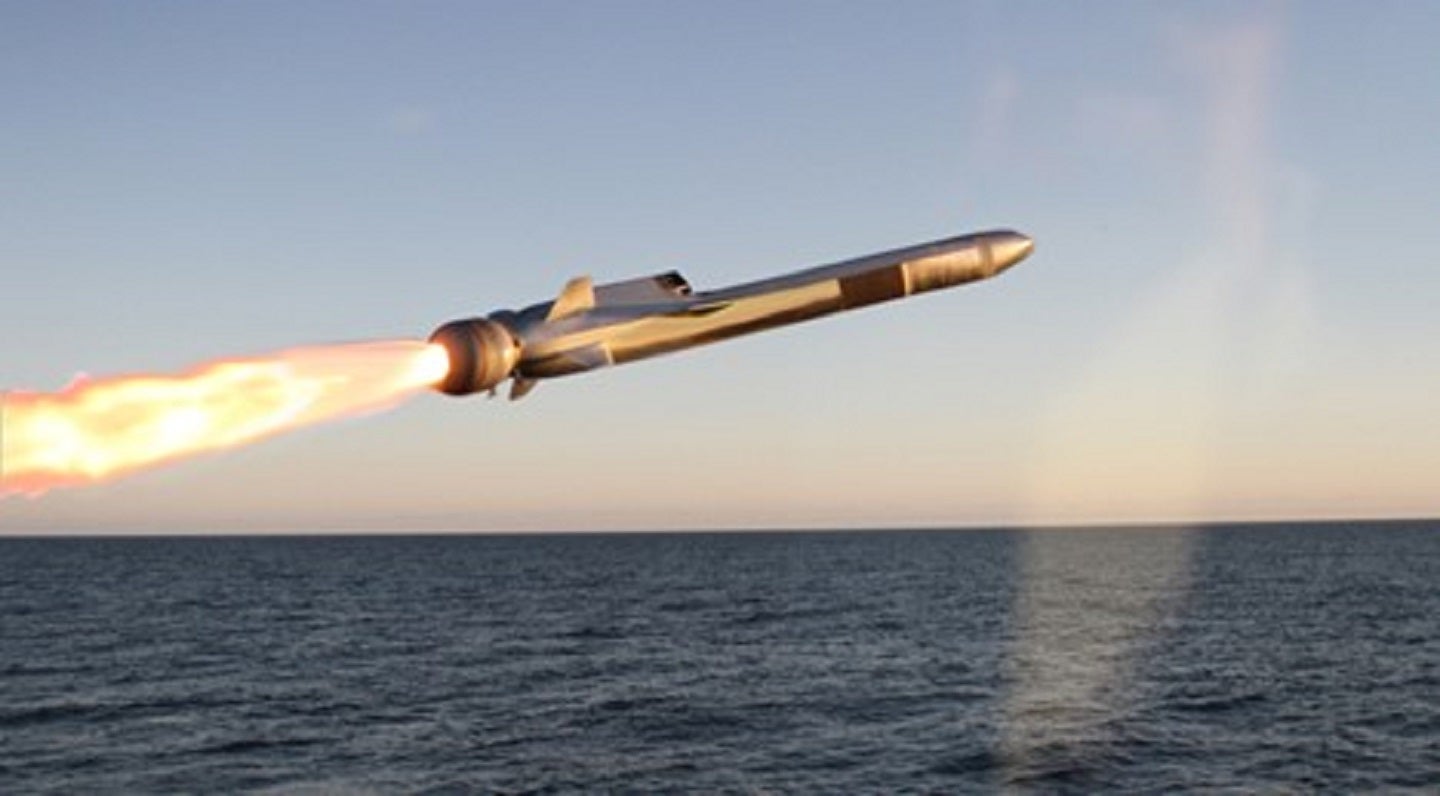
The Spanish Navy will look to further the integration of Kongsberg’s Naval Strike Missile (NSM) following the signing of an extension of a Memorandum of Understanding (MoU) between the Norwegian defence prime and Spanish shipbuilder Navantia.
Through this agreement, both companies will foster joint collaboration to integrate the NSMs in current and future surface combatants with the ultimate goal of providing the best solutions to the Spanish and Norwegian Armed Forces.
The NSM is a long-range, fifth-generation strike anti-ship and anti-land attack cruise missile developed by Kongsberg, a company in which the Norwegian government holds 51% ownership.
Kongsberg’s stealth design for the NSM allows the missile to penetrate shipboard defences. The manufacturer designed the NSM for littoral and open sea environments. The airframe design and the high thrust-to-weight ratio enhance the manoeuvrability of the missile.
Australia, Canada, Germany, Latvia, Malaysia, the Netherlands, Norway, Poland, Romania, Spain, the UK and US are countries that have opted to acquire the NSM.
Building on a previous MoU
Kongsberg and Navantia first signed the MoU in March 2022 to explore potential mutual collaboration in support of the modernisation of the Royal Norwegian Navy F-310 Nansen-class frigates, of which there are four units according to GlobalData intelligence.
How well do you really know your competitors?
Access the most comprehensive Company Profiles on the market, powered by GlobalData. Save hours of research. Gain competitive edge.

Thank you!
Your download email will arrive shortly
Not ready to buy yet? Download a free sample
We are confident about the unique quality of our Company Profiles. However, we want you to make the most beneficial decision for your business, so we offer a free sample that you can download by submitting the below form
By GlobalDataSince then, Navantia has won different contracts from the Norwegian Ministry of Defence, such as the Configuration Audit, the Feasibility Phase and Important Modifications that are under development in the Norwegian frigates.
Last year, Kongsberg also confirmed that the Spanish Navy will acquire NSMs to replace the Harpoon missile. The Spanish Navy plans to equip the existing five F-100 and the new Bonifaz (F-110) class frigates.
NSMs in the global missile market
The global missile defence systems market is worth $45.2bn this year. GlobalData forecasts at a compound annual growth rate of 4.2% to reach a value of $67.9bn by 2033.
In recent years, several countries have directed their efforts toward the R&D and procurement of advanced next-generation conventional land attack and anti-ship missiles, featuring low radar cross-section (RCS) and reduced infrared (IR) signatures.
These missiles incorporate multiple technologies, such as exhaust cooling and shaping, radar absorbent materials, infrared shielding, enhanced heat dissipation, and active signature cancellation to reduce their IR signature and enhanced stealth.
The NSM exemplifies this trend as the system’s passive homing missile travels in sea-skimming mode and can make advanced terminal manoeuvres in the terminal phase with a very low signature, to survive against enemy air defences.



